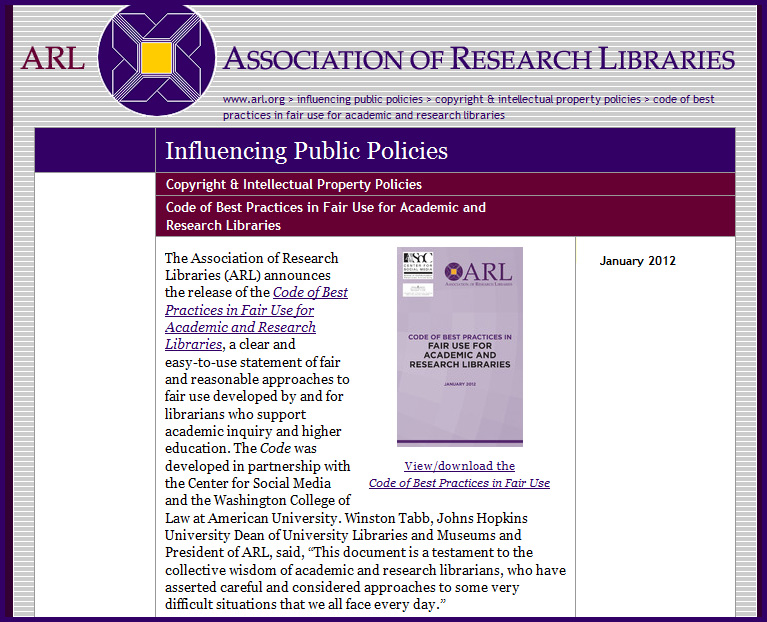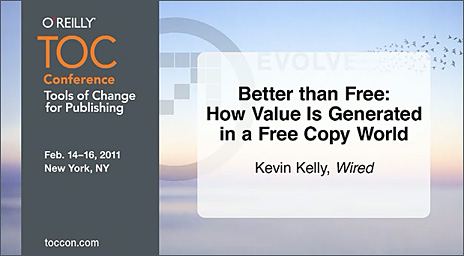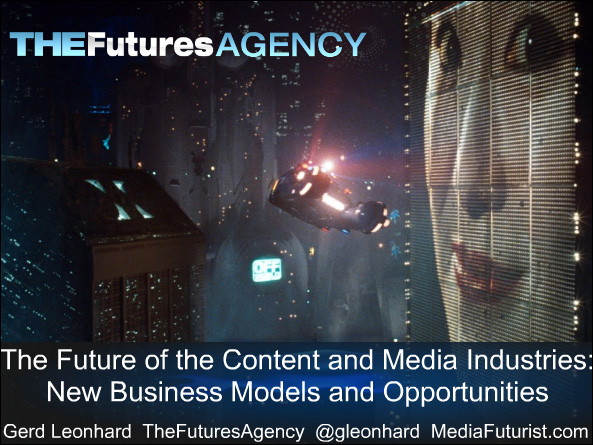Free Learning: Essays on open educational resources and copyright — by Stephen Downes | National Research Council Canada
From DSC:
Thanks Stephen for this collection of essays, postings, resources, materials.
After reading the first several sections, I feel compelled to add here that I have not accepted any money for my Learning Ecosystems blog; the work I do on this blog is given freely (and this is often very appropriate…as I often curate content from many other sources).
I don’t know if I’ll be able to continue to do this, but I have chosen to post those items that I believe are going to be helpful to others and/or further a conversation or idea or perspective — but have done so free of charge. I have not been paid to post anything on this Learning Ecosystems blog.
Anyway, thanks again Stephen for your work and for your worthy goals.
















